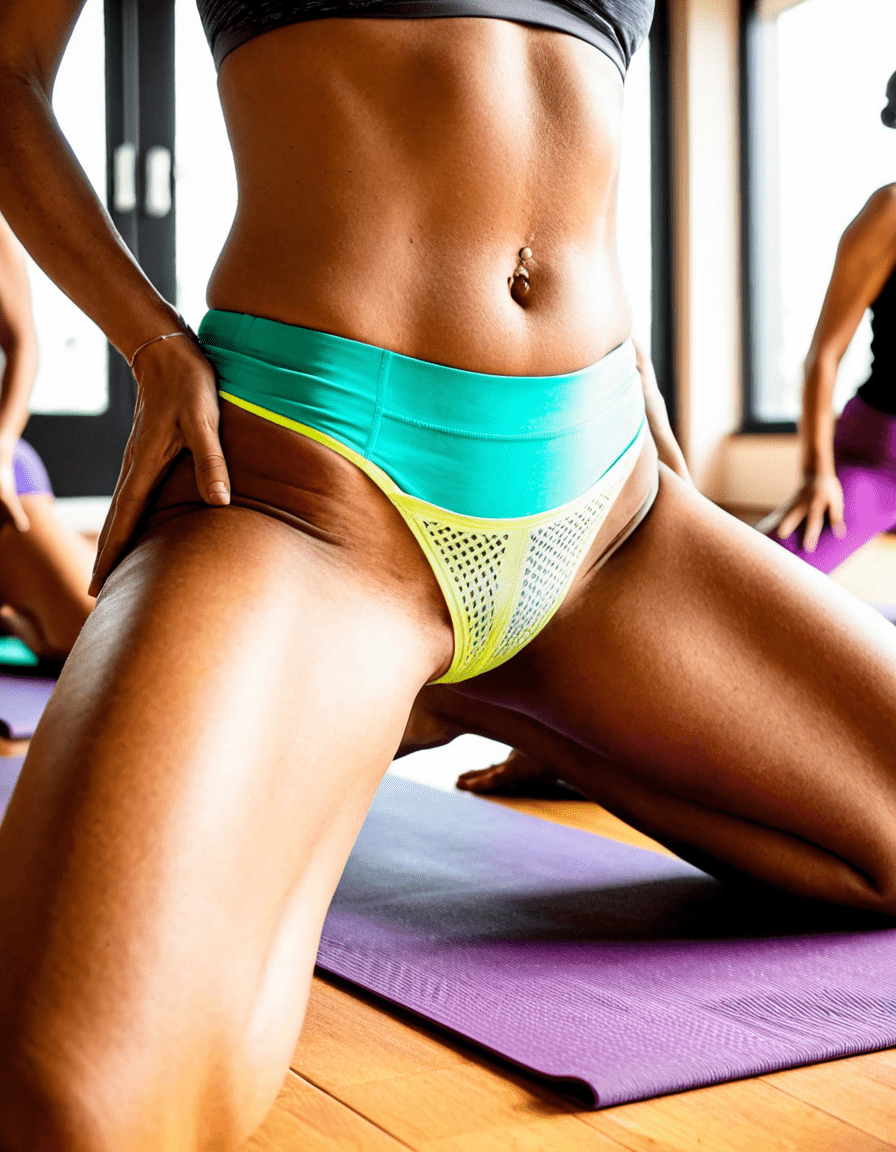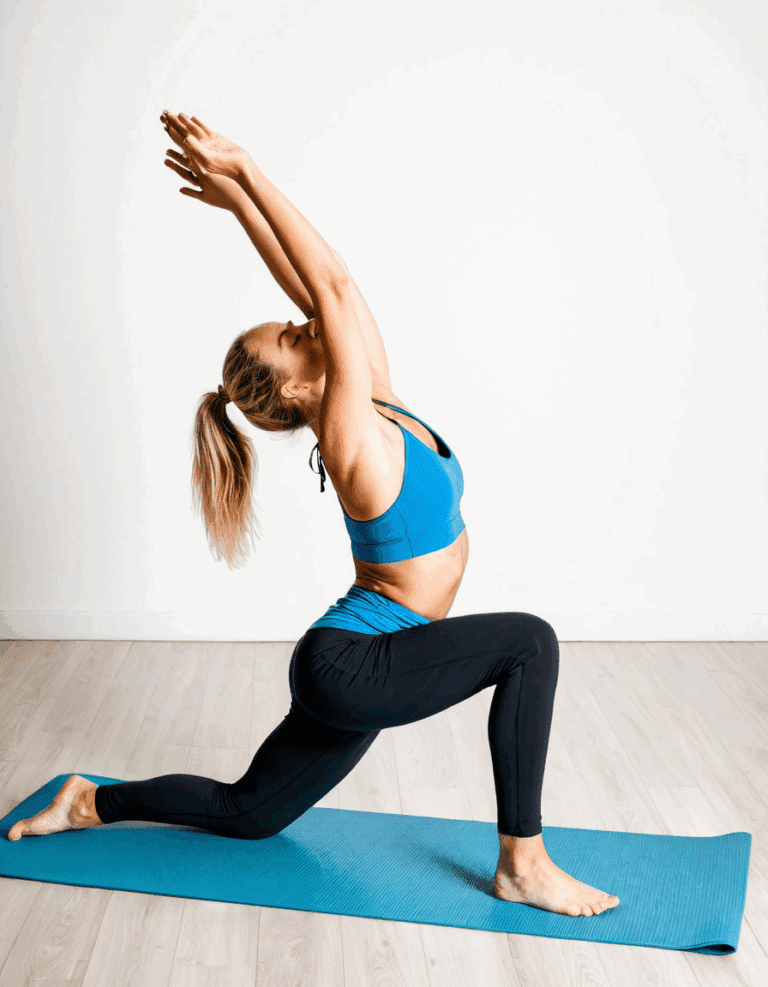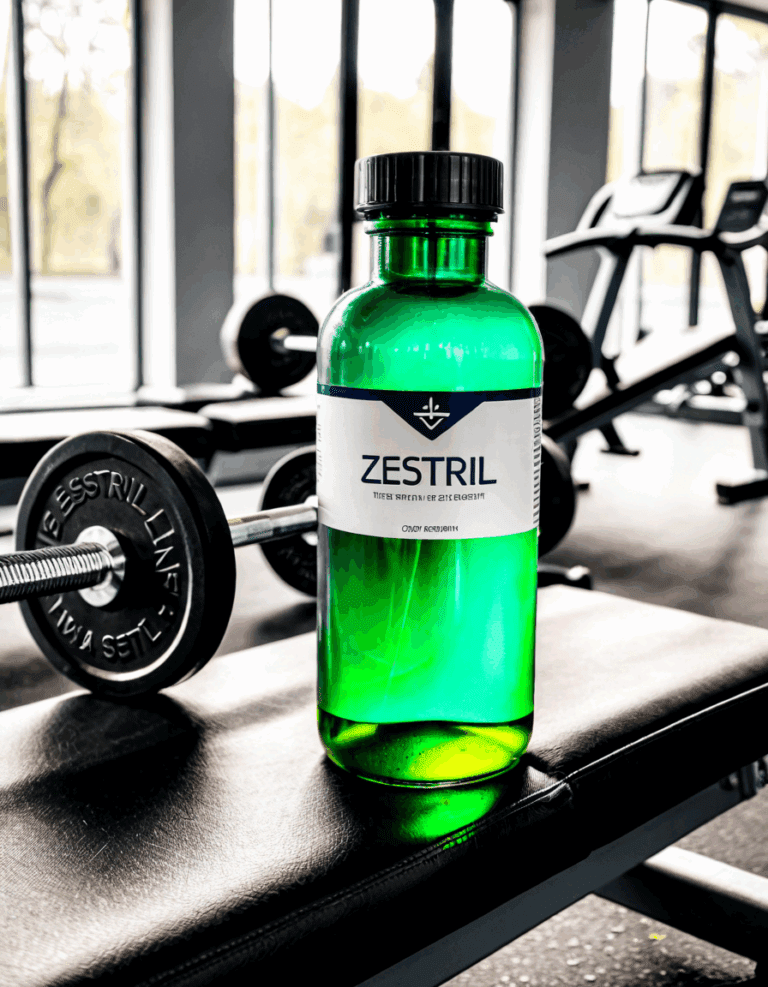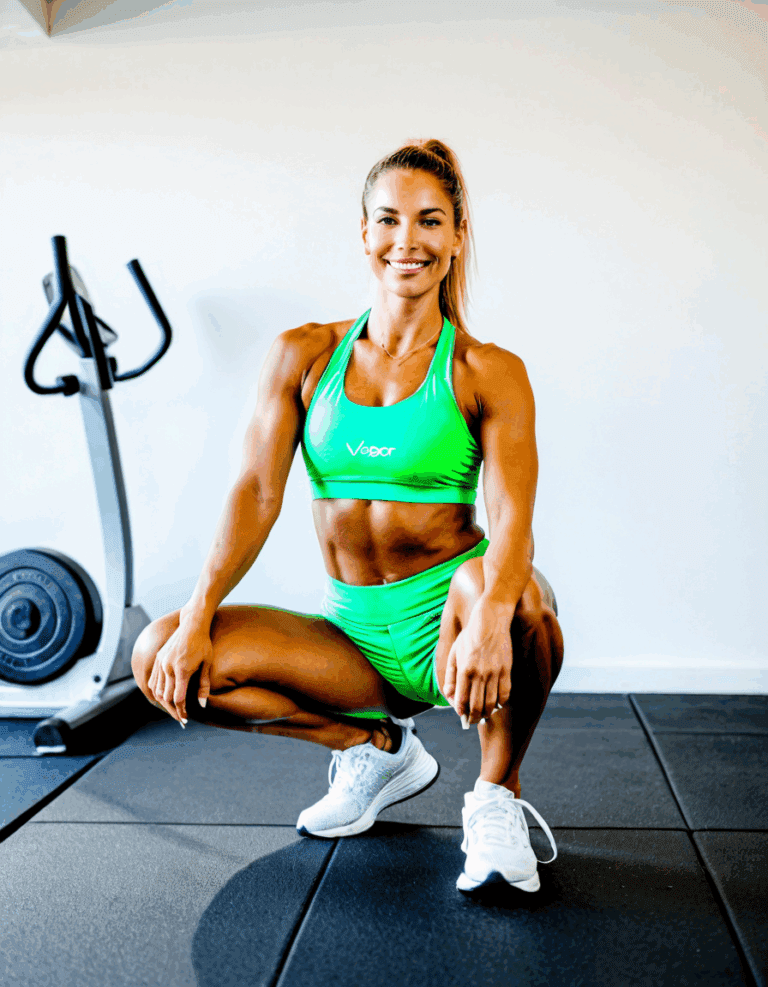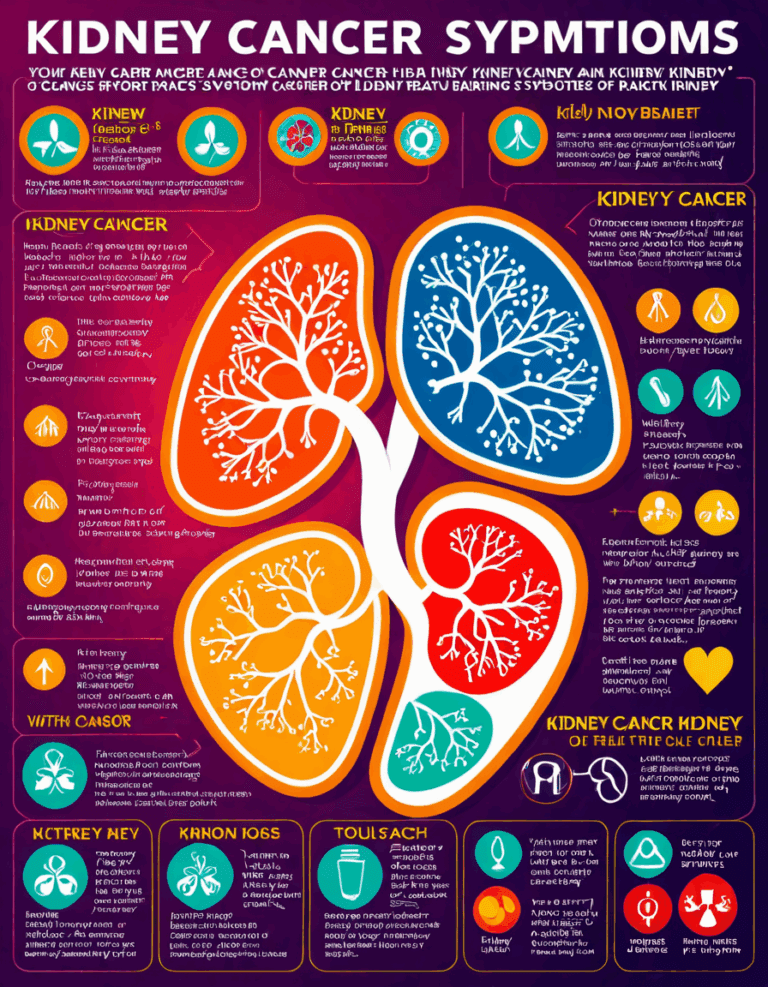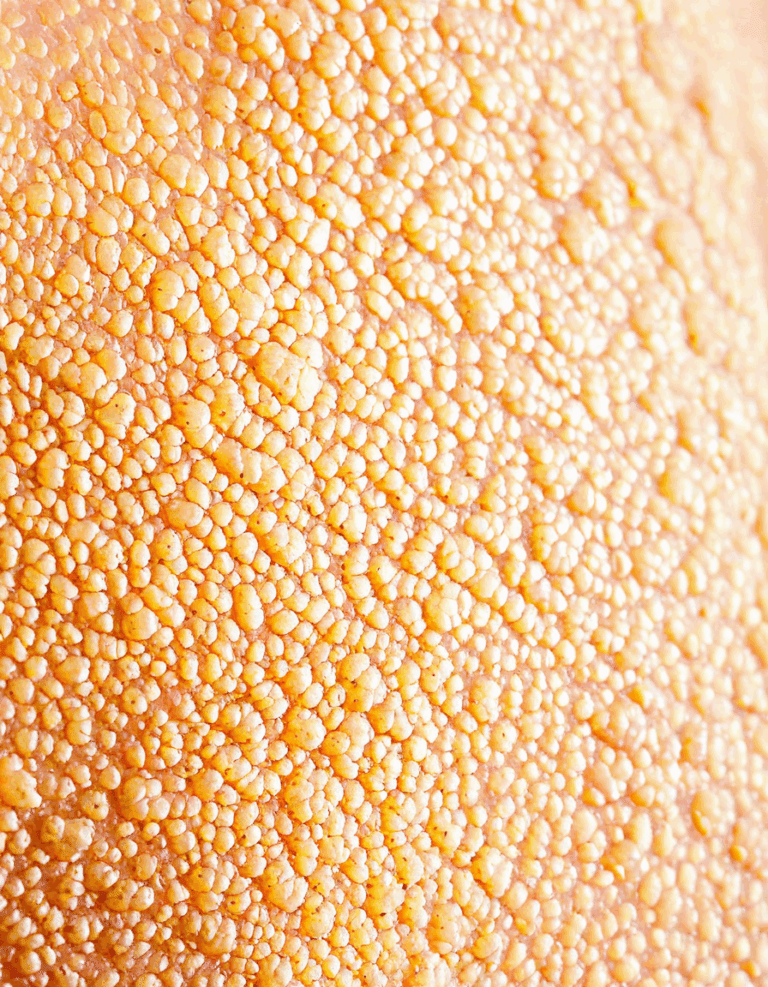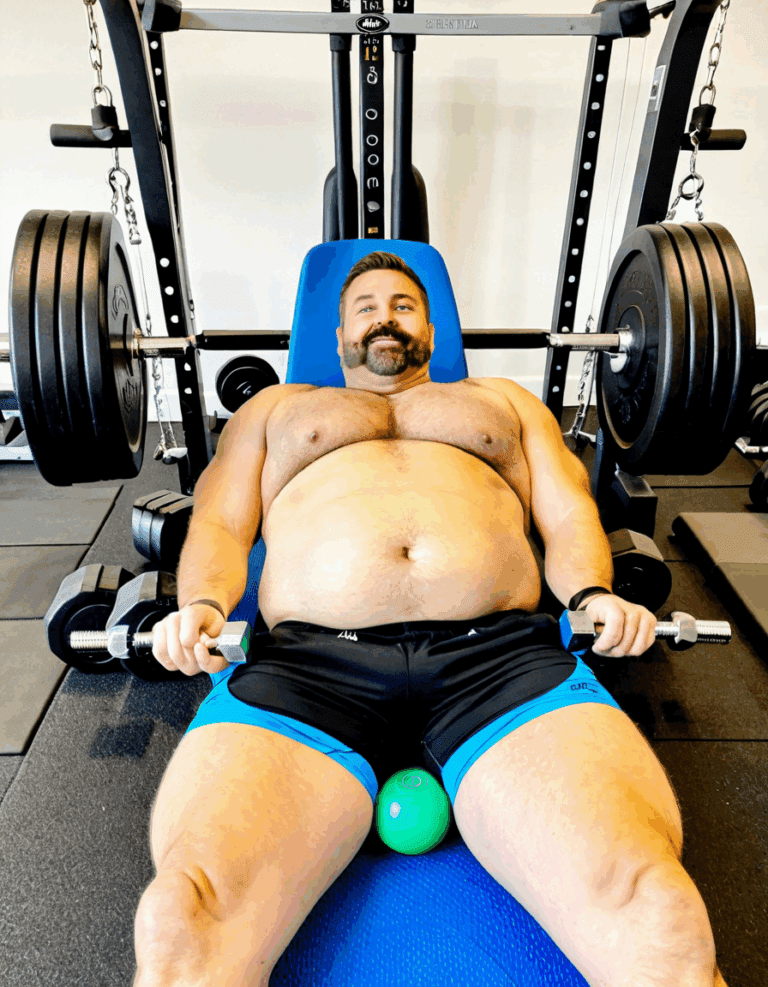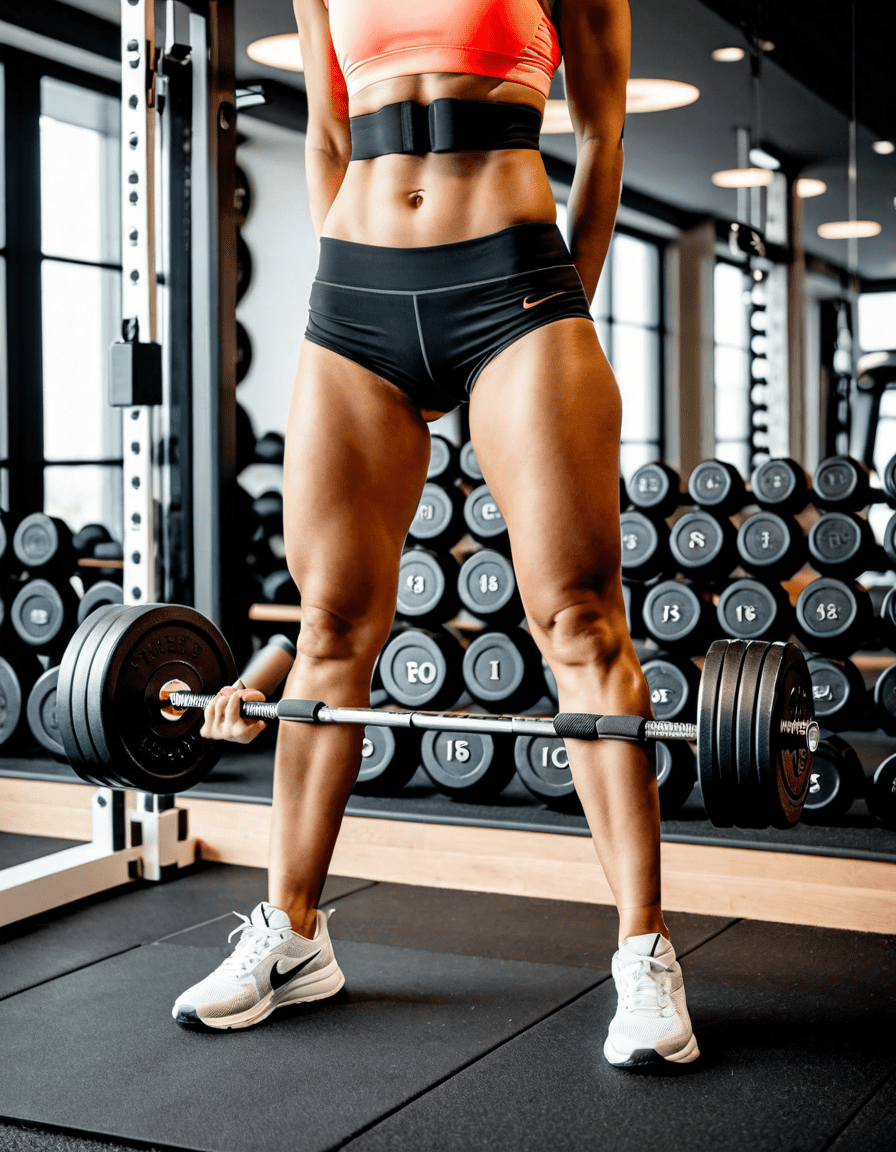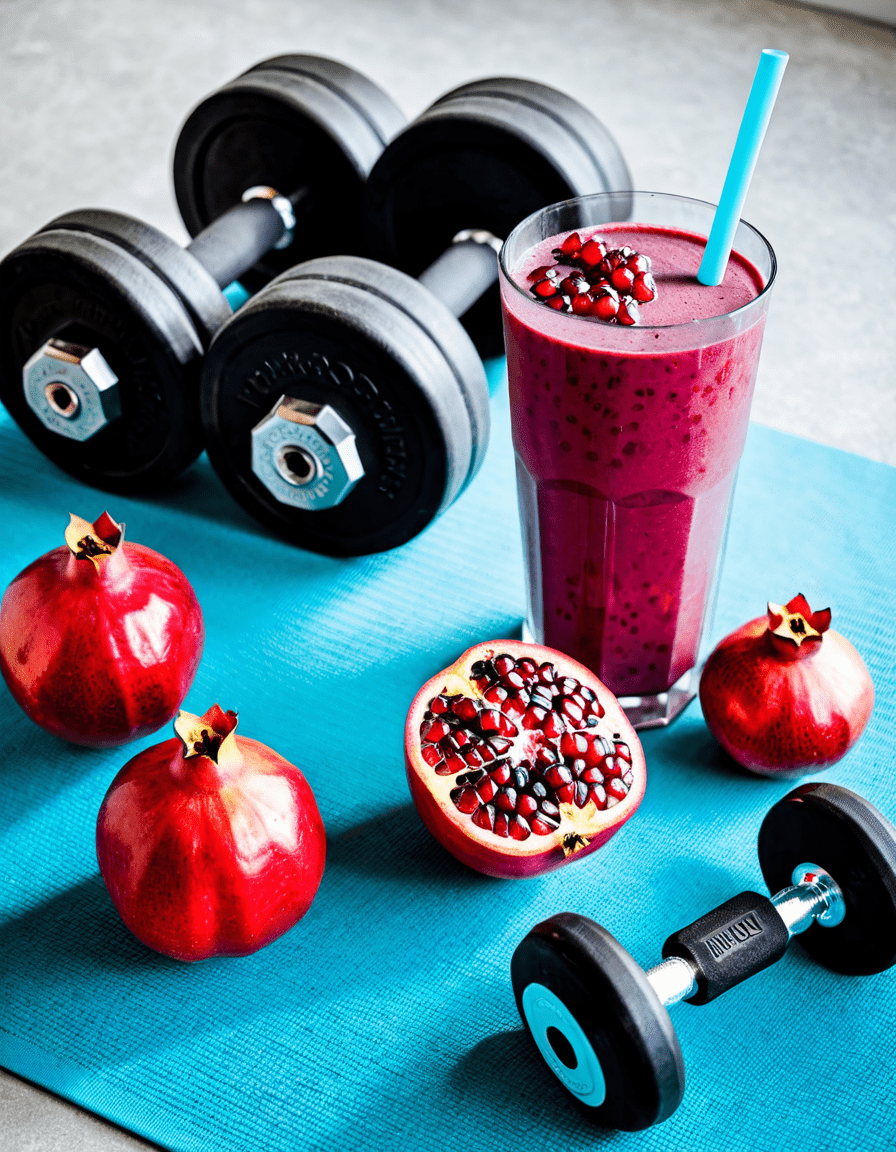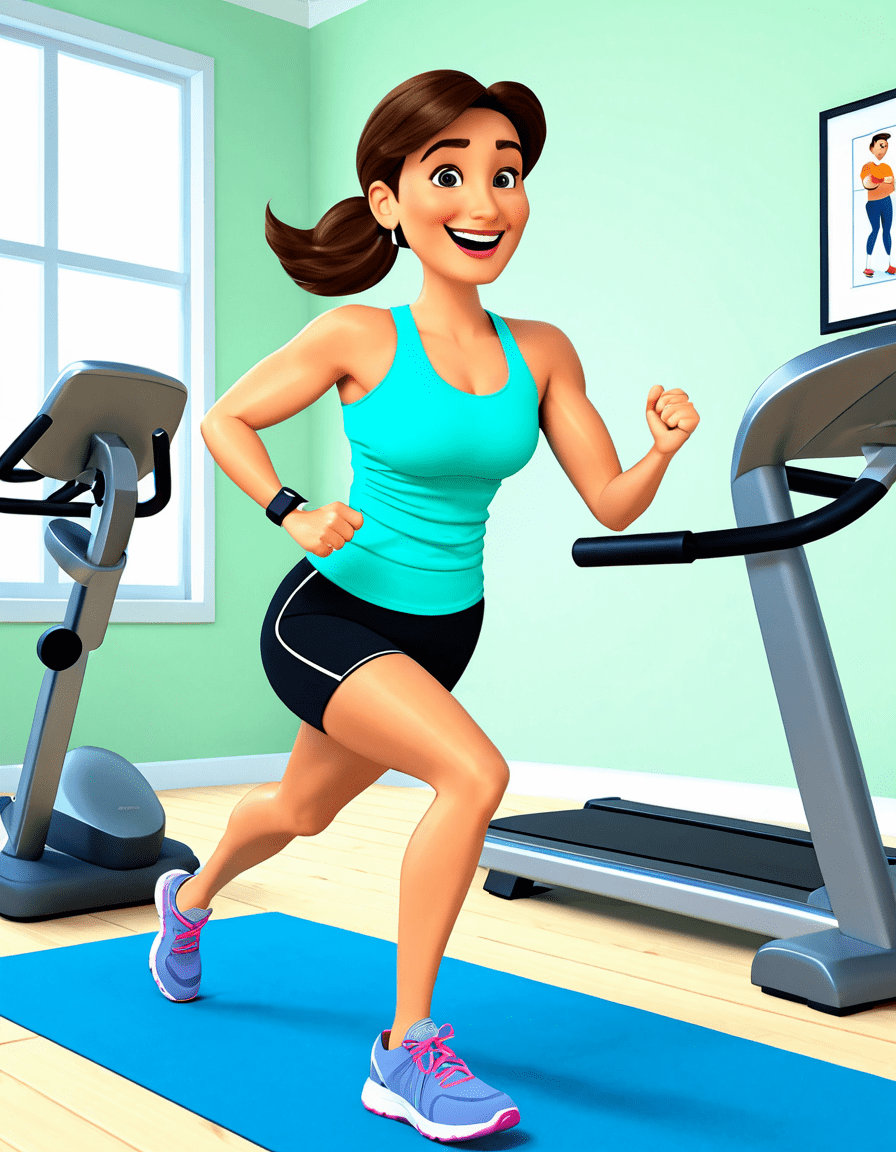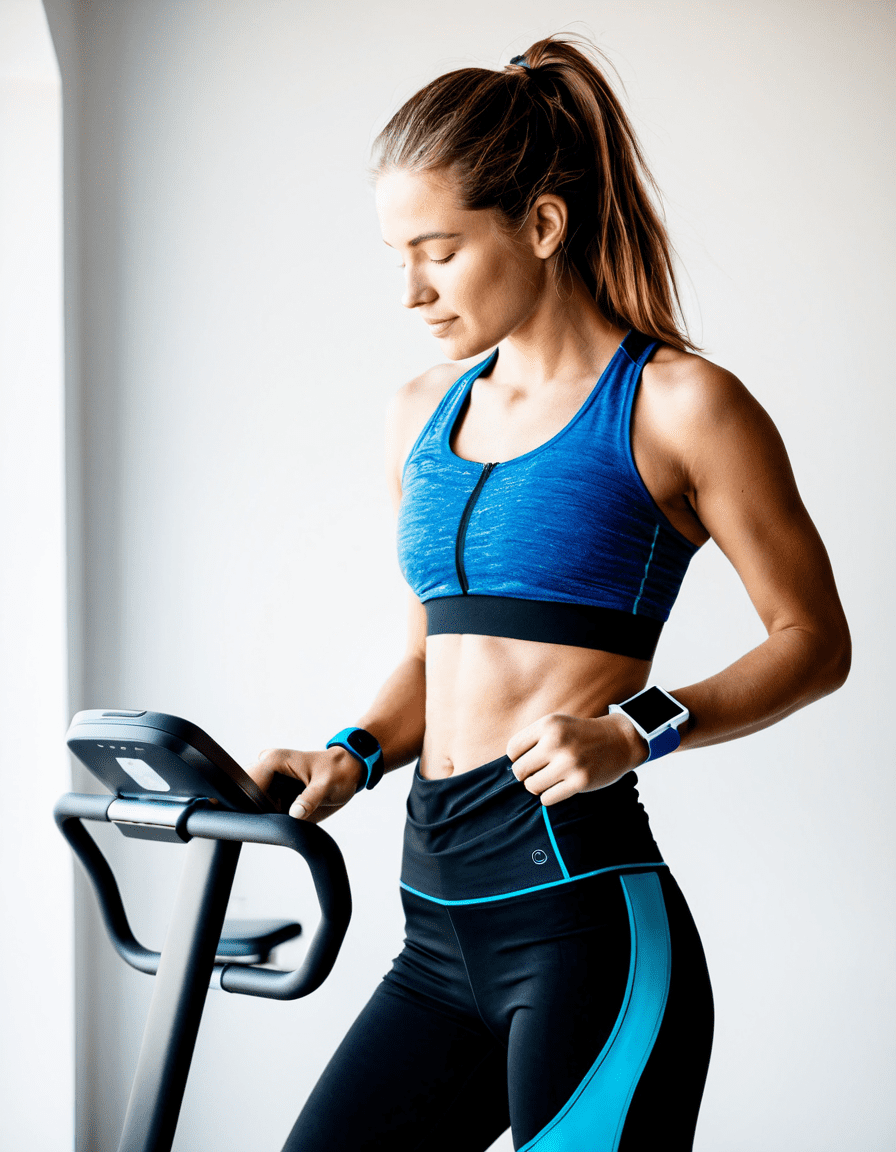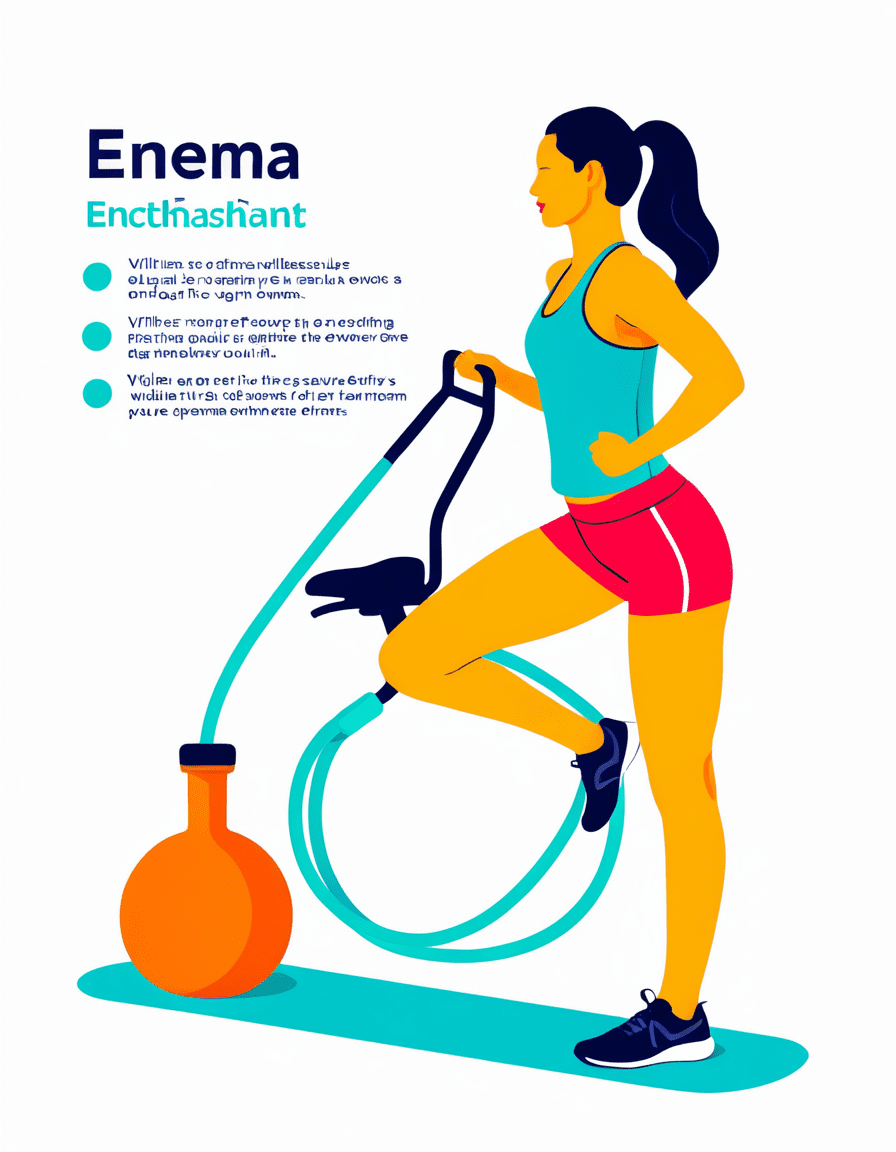The pelvic girdle is often overshadowed by larger muscles, but let me tell you—this incredible structure is the unsung hero of our body’s architecture! The pelvic girdle not only stabilizes the body but also connects your lower limbs with your trunk, offering a foundation for strength and mobility. Recognizing the importance of the pelvic girdle can reveal secrets to achieving peak performance in the gym and in your everyday life. So, strap in, fellow fitness enthusiasts! We’re diving deep into the pelvic girdle and how you can utilize it to enhance your health, build muscle, and get that shredded physique!
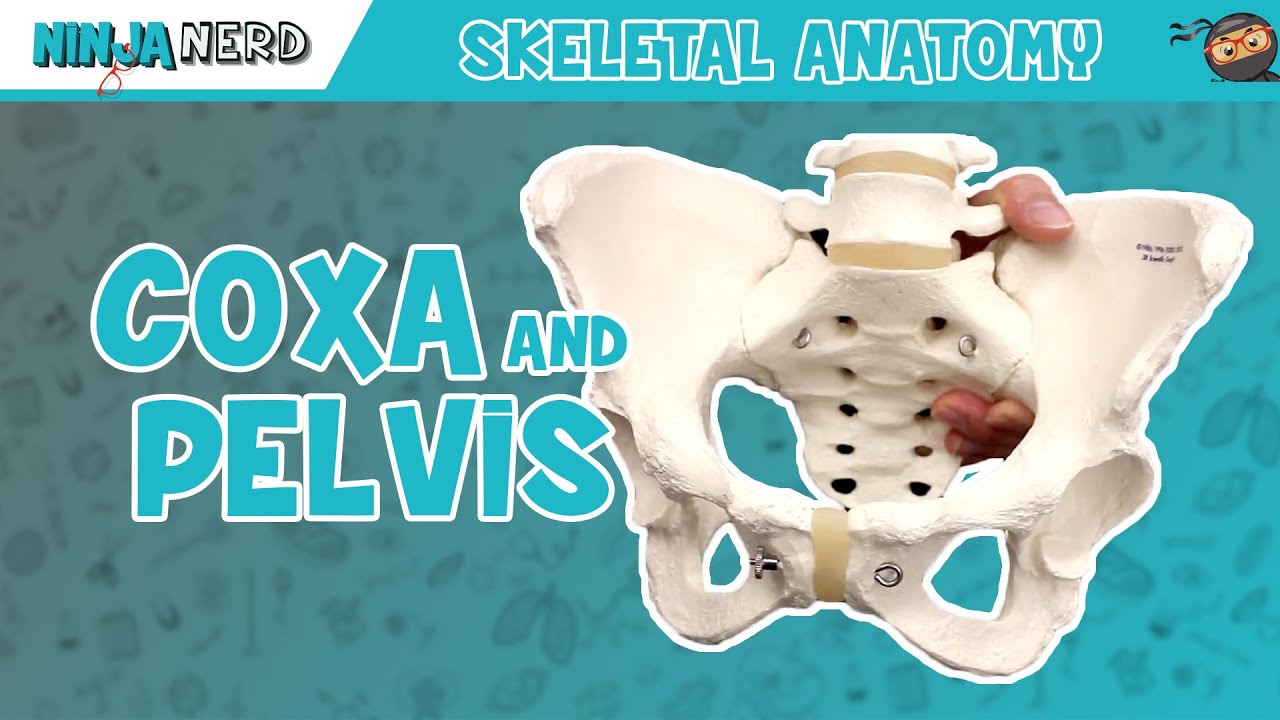
Top 7 Pelvic Girdle Insights You Can’t Ignore

1. The Supportive Role of the Pelvic Girdle
Now, let’s kick things off with the basics. The pelvic girdle is made up of the ilium, ischium, and pubis—sometimes called the “hip bone family.” These bones play a critical role, bearing the weight of your upper body when you sit or stand. A solid pelvic girdle not only keeps your spine aligned but also provides attachment points for various muscle groups.
Think about it. Having a strong pelvic girdle helps ensure your biomechanics are on point. It’s the backbone of your workouts! No more injuries during squats, deadlifts, or any athletic endeavor when you prioritize strengthening your pelvic girdle.
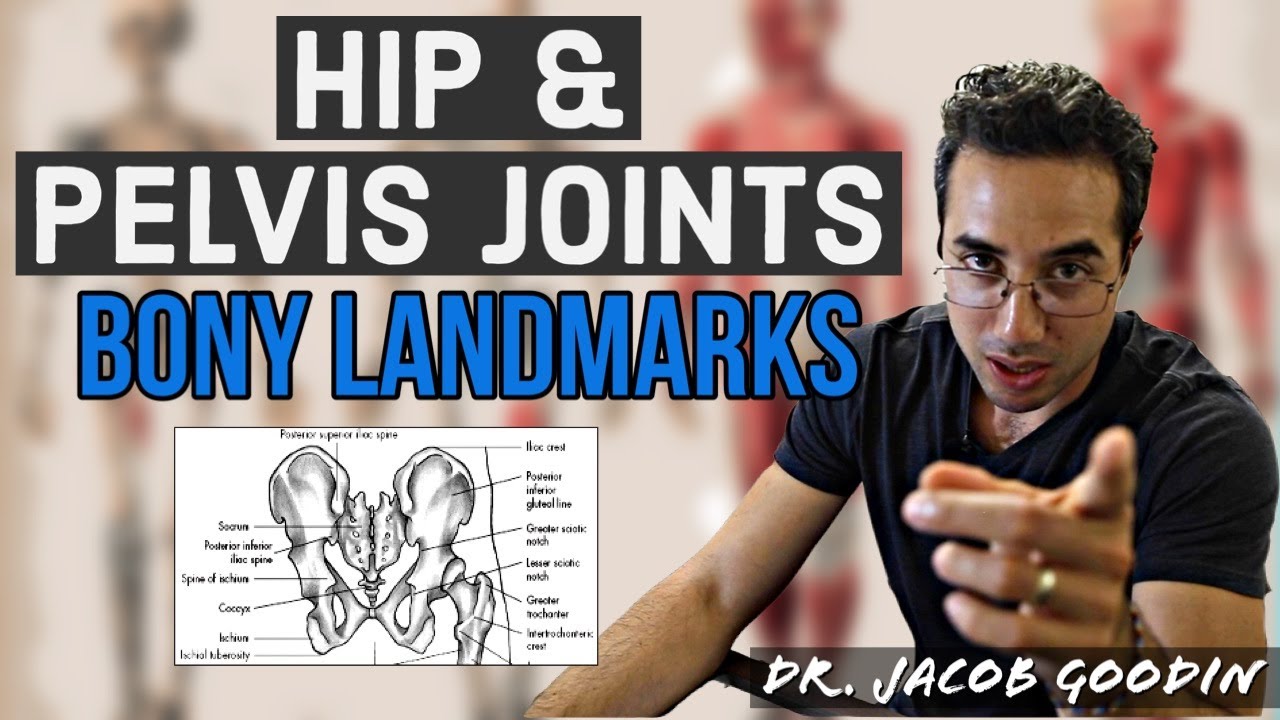
2. Connecting the Dots: Intercostal Muscles and the Pelvic Girdle
Did you know your intercostal muscles, the ones in your ribcage that help with breathing, are linked to the stability of your pelvic girdle? That’s right! Poor posture or weak intercostals can mess with your pelvic region, leading to tension or pain. It’s like a game of dominos—one muscle out of sync can topple the whole system.
Engaging these two muscle groups together is where the magic happens. Incorporate exercises like Pilates, which focus on your core while challenging your intercostal muscles. Connecting your breathing with movement not only enhances stability but also improves your overall prowess in the gym. You’ll move better and feel fantastic.
3. Pelvic Floor Muscles: Guardians of Core Stability
Let’s talk about a vital player in all this—the pelvic floor muscles. These heroes sit at the base of the pelvis and work hand-in-hand with the pelvic girdle for support. When you strengthen your pelvic floor through targeted exercises like Kegels, you’re not just boosting core stability—you’re enhancing your bladder control and even sexual health. That’s a win-win if you ask me!
Tools like the Elvie Trainer can help with these exercises, making them both fun and effective. Especially for those who have been through childbirth or are entering menopause, prioritizing your pelvic floor can lead to life-changing benefits. Remember, strong pelvis, strong life!
4. Impact of Plantar Flexion on the Pelvic Girdle
Alright, let’s pivot a bit (pun intended) to plantar flexion. This movement refers to pointing your toes, but don’t underestimate its power! It might seem trivial, yet this action plays a crucial role in functional movement. When done right, it contributes to your gait and lower body alignment, both of which directly affect your pelvic girdle.
Want to step up your plantar flexion game? Resistance bands, like those from Theraband, provide an exciting way to strengthen your plantar flexors. By enhancing your lower body mechanics, you’ll find yourself more balanced and robust, whether you’re on the treadmill or crushing leg day.
5. Common Pelvic Bone Injuries: Prevention and Recovery
Let’s face it, the road to strength can sometimes lead to bumps along the way. Pelvic bone injuries like fractures or osteitis pubis are common in high-impact sports. Understanding the mechanics of your pelvic girdle is essential for injury prevention and recovery.
So, how do we protect ourselves? Incorporate flexibility and strength training routines, like yoga or resistance training. These disciplines boost the resilience of your pelvic girdle, allowing you to train harder and reduce the risk of getting sidelined. When you respect your body’s mechanics, you can push your limits and achieve those goals.
6. Core Muscle Integration: The Role of the Pelvic Girdle
Core stability isn’t just a trendy catchphrase; it’s a keystone concept for overall strength! The pelvic girdle is deeply tied to this. Engaging your core properly during activities—whether you’re hoisting weights or flowing through a yoga sequence—can lower the chance of injuries and take your performance to new heights.
Consider unique programs like Core Align by Balanced Body, which integrates pelvic girdle movement with comprehensive core engagement. By actively working on these connections, you’ll bolster your stability and create a strong foundation—essential for getting that ripped six-pack!
7. Pelvic Girdle Alignment and Its Effects on Posture
Let’s end strong by talking about pelvic tilt. That’s right; the position of your pelvis—be it anterior or posterior—can dramatically affect your overall posture and musculoskeletal health. Maintaining proper pelvic alignment keeps your spine neutral and minimizes stress on your lower back.
Techniques such as the Alexander Technique or the Feldenkrais Method offer innovative ways to improve pelvic alignment and subsequently enhance your posture. A well-aligned pelvis equals a well-aligned body, which means you can lift heavier and feel great while doing it!
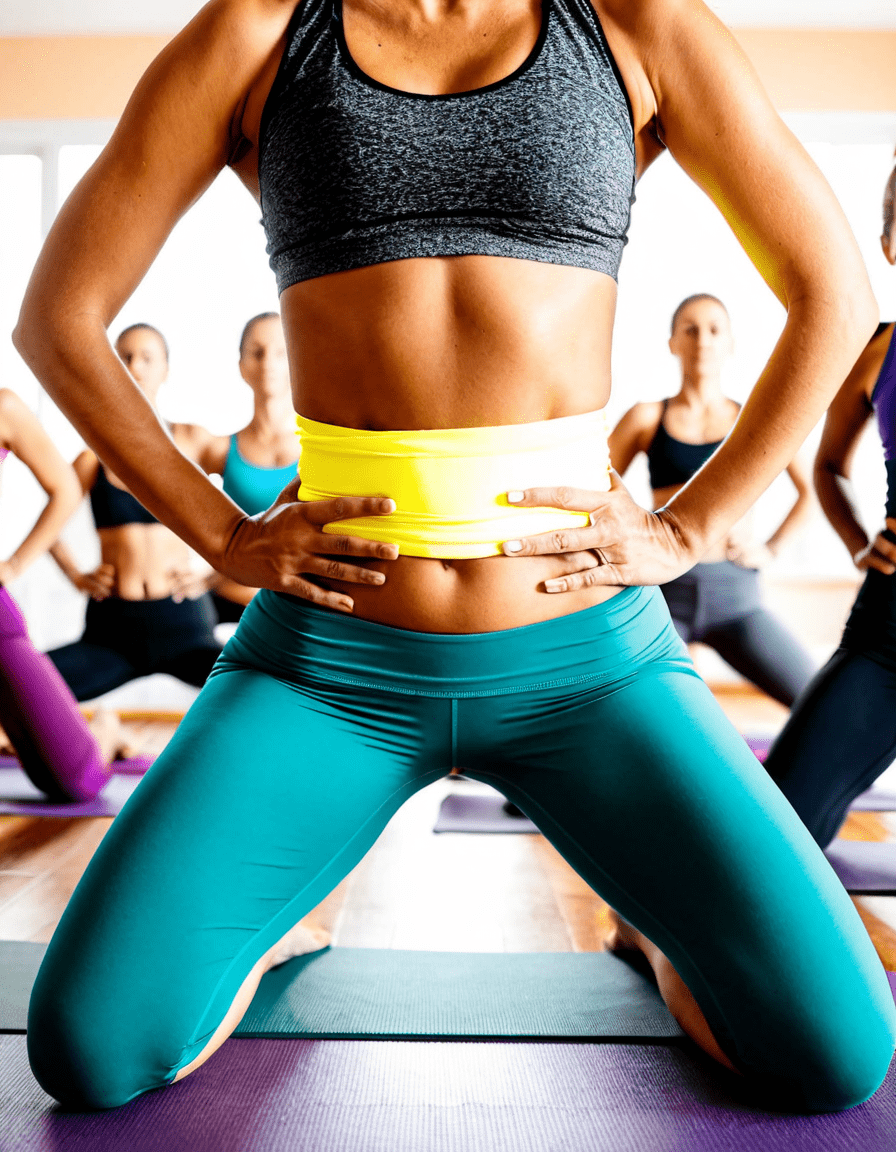
Embracing Pelvic Girdle Health for a Better Tomorrow
The pelvic girdle isn’t just a bone structure; it’s a vital piece of your health puzzle. By recognizing its importance and understanding its connection to muscle groups like the intercostal and pelvic floor muscles, you can take proactive steps to improve your overall well-being. Engaging in targeted exercises, prioritizing core stability, and ensuring proper pelvic alignment are essential strategies to support this often-overlooked area of your body.
So, as you work toward that shredded physique, don’t forget about your pelvic girdle! Investing time in understanding and strengthening this powerhouse can lead not just to enhanced athletic performance but to a healthier, more balanced life overall. After all, a strong pelvis can lead to a stronger life. Now, get out there and crush those fitness goals!
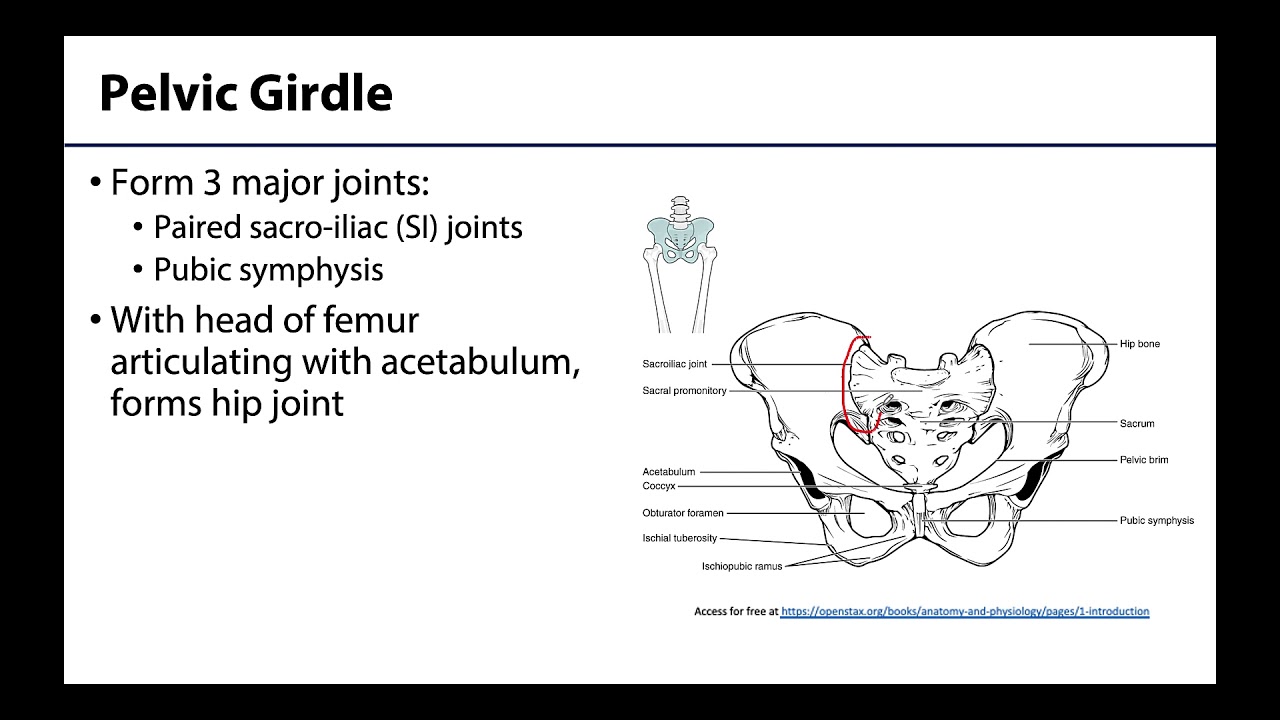
Pelvic Girdle Secrets You Need to Know for Health
The Basics of the Pelvic Girdle
Did you know the pelvic girdle is made up of three bones? The ilium, ischium, and pubis come together to form this critical body structure that helps support not just the spine but also the weight of the upper body. With such an important role, it’s no wonder folks sometimes overlook their pelvic health in favor of biceps and abs. Just like our need for green Vegetables sustains us nutritionally, maintaining pelvic strength keeps everything in alignment—both figuratively and literally.
Trivia That Packs a Punch
Speaking of alignment, did you know that the pelvic girdle also plays a role in our movement and stability? It’s like the foundation of a house—if it’s not solid, everything above it may start to wobble. Regular exercises that target this area can enhance performance in activities like running and dancing, much like how a good strain of tomato Plants can yield a bountiful harvest. You wouldn’t want to plant them without preparation either, right?
Fun and Health-Related Facts
While we’re on the topic of maintaining balance, let’s chat about endurance athletes. They often strengthen their pelvic girdle for better performance, similar to how singers improve lung capacity. In fact, there’s even a notable connection between pelvic stability and sexual health. It’s fascinating how simple tweaks to our lifestyle—like cutting down on sugary drinks (you’d be better off with a refreshing Mountain Dew!)—can have a profound impact. Plus, embracing pelvic health is important not just for fitness buffs but everyone. After all, we might be surprised by how many aspects of our daily life, from alertness to productivity, align back to that sturdy pelvic girdle.
So, the next time you’re feeling disconnected or off-balance, consider how your pelvic girdle might be affecting your overall wellness. There’s no need to dwell on the past, like some old Emilio Estevez Movies—get moving toward a healthier you today! Plus, with an improved pelvic girdle, who knows? You might just find yourself feeling as confident as Allison Mack in a leading role!
